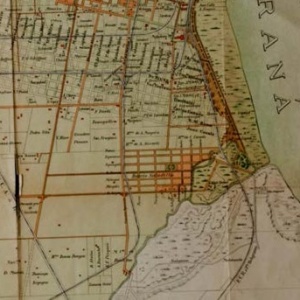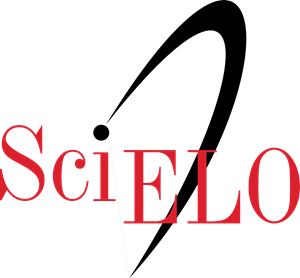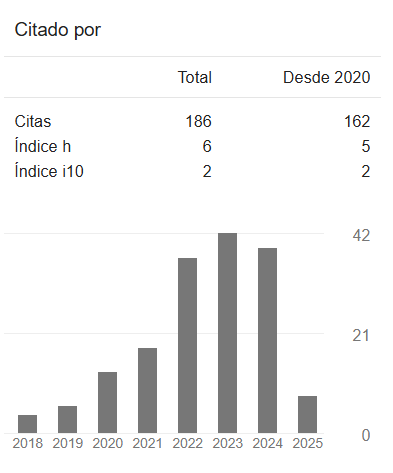Productive landscape
Livestock-raising’s marks on the southern area of the city of Rosario
Keywords:
productive landscape, cultural history, environmental history, planningAbstract
This article intends to analyze the role of the livestock-raising landscape on the scale of the urban fragment at the end of the 19th and beginning of the 20th century, taking as a case study the southern part of the city of Rosario. Meat industry and, mainly, slaughterhouses and cold-storage plants have a preponderant role in the configuration process of the sector. These sites are features that gave character to their environment and were fundamental in the construction of the territorial identity and its cultural landscape. However, they were perceived by the society of the time as external, "marginal" components of the city. The approach to the study of this productive landscape deals simultaneously with the cultural and environmental history of landscapes, an approach that allows us to evaluate both the symbolic qualities and their relations with the environment. From this starting point, we focus on the analysis of cultural imaginaries which, from an environmental assessment, influenced the plans and urban projects that were proposed for the south of the city in the first half of the twentieth century.
Downloads

Downloads
Published
How to Cite
Issue
Section
License
Open access policy
A&P Continuidad is a non-profit and open access publication. According to Mexico Declaration on Cultural Policies, the journal distribution is submitted to Creative Commons Attribution-Noncommercial-ShareAlike 4.0 International Public License (CC BY-NC-SA). “Neither the commercial use of the original work nor that of the possible derivative works are allowed. The distribution of derivative works should be submitted to the license regulating the original work. This license is not free.”
A&P Continuidad authorizes the partial or full reproduction of texts and graphs provided that the source is cited. Authors are exclusively responsible for the criteria expressed in the articles which do not necessarily reflect the opinion of the Editorial Committee or that of the Direction Board. The copyright of the published articles pertains to their authors or publishers.
Transfer of rights
The acceptance of an article to be published implies the author’s transfer of rights to the journal. Authors continue to have the right to use the material in future books or publications, approve or veto the republication of their works as well as the rights related to patents or other rights. Transfer of rights form may be downloaded here.





























 This OJS site and its metadata are under a
This OJS site and its metadata are under a 

